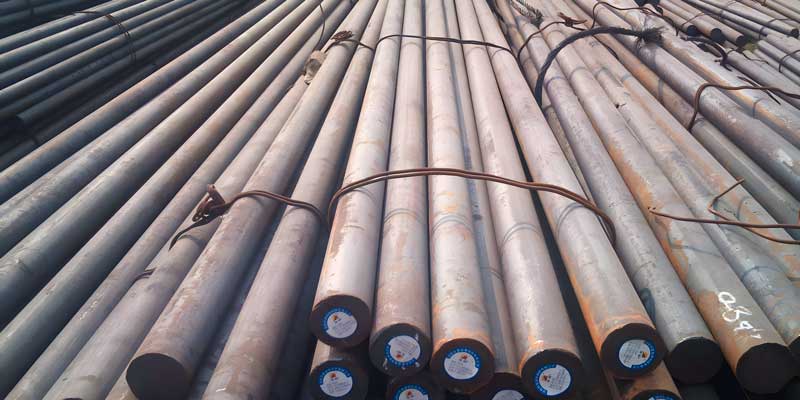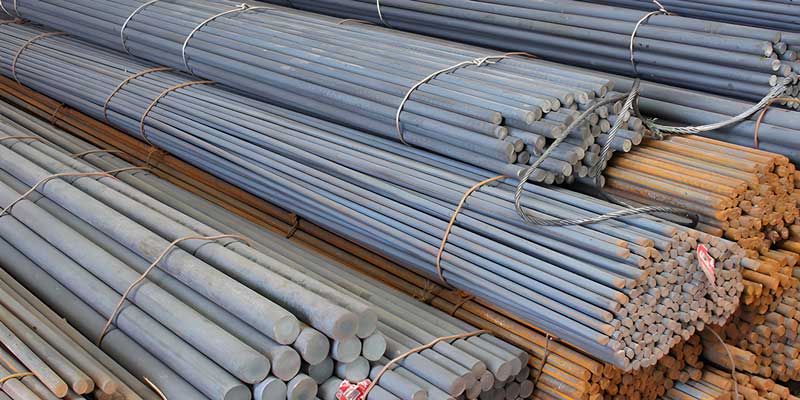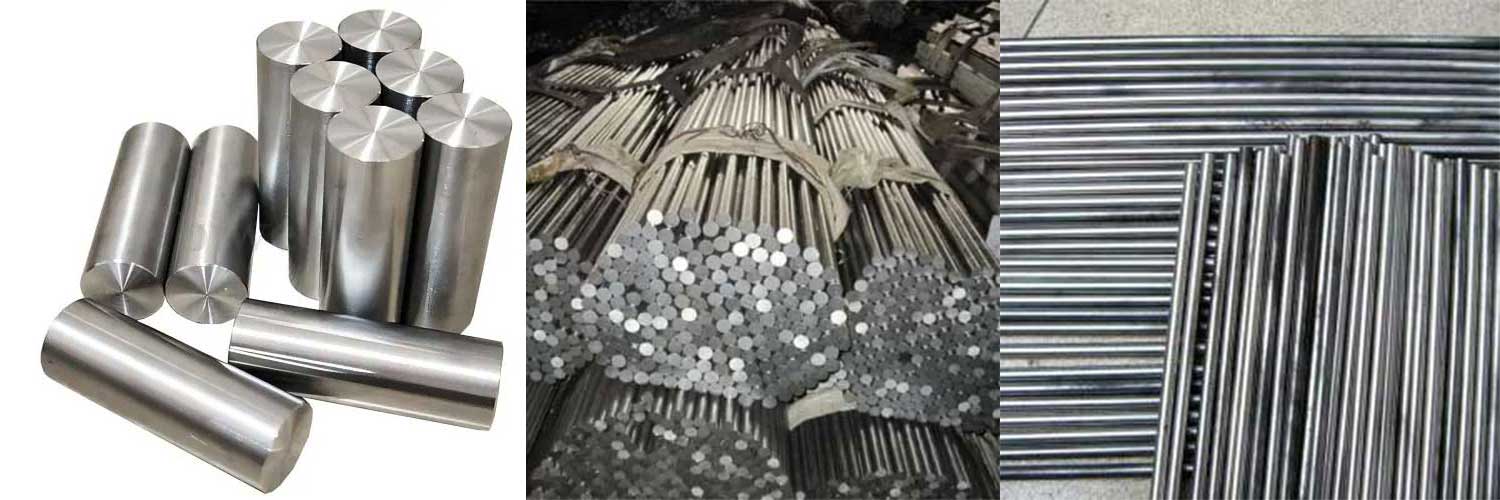Related Posts
Online Message
1. The Defining Characteristic: Red Hardness
What is Red Hardness?
Red hardness is the ability of a material to maintain its hardness and cutting edge at high temperatures, typically in the range of 500-600°C (930-1110°F). When a tool gets hot enough to glow a dull red, it must still be hard enough to cut.Why is it Critical?
During metal cutting, intense friction between the tool and the workpiece generates heat. Carbon tool steels would soften and lose their edge at temperatures above 200-300°C. HSS, however, can withstand these "red-hot" conditions, enabling higher cutting speeds, greater productivity, and longer tool life compared to traditional tool steels.

2. Key Alloying Elements and Their Roles
The properties of HSS are achieved through a complex mix of alloying elements, primarily Tungsten, Molybdenum, Vanadium, Chromium, and Cobalt.
Tungsten (W) & Molybdenum (Mo): These are the primary elements that confer red hardness. They form stable carbides that resist softening at high temperatures.
Vanadium (V): Significantly increases wear resistance. Vanadium carbides are extremely hard, fine, and abrasive, which gives the steel exceptional durability.
Chromium (Cr): Primarily improves hardenability, allowing even large cross-sections to harden uniformly during heat treatment. It also adds some corrosion resistance.
Cobalt (Co): Enhances high-temperature hardness (hot hardness), allowing tools to be used at even higher speeds or for machining hard, tough materials like stainless steel and high-temperature alloys.

3. Classification of HSS Grades
HSS is categorized based on its primary alloying content:
Tungsten-Based HSS:
Typical Grade: T1 (AISI/SAE designation, with a composition like W18Cr4V).
Characteristics: The original HSS type. Good all-around performance but less common now due to the cost and scarcity of tungsten.
Molybdenum-Based HSS (The Most Common Type):
Typical Grade: M2
Characteristics: This is the most widely used HSS grade. Molybdenum provides similar benefits to tungsten but at a lower cost and with better toughness. M2 offers an excellent balance of wear resistance and toughness.
High-Vanadium HSS:
Typical Grade: M3, M4
Characteristics: Contains higher vanadium content for superior wear resistance. The trade-off is reduced grindability (it's harder to sharpen). Used for abrasive materials.
Cobalt-Bearing HSS (Super-HSS):
Typical Grade: M35, M42
Characteristics: The addition of 5-8% Cobalt provides the highest level of red hardness and hot hardness. Often called "Super HSS," these grades are used for the most demanding applications, such as machining aerospace superalloys. M42 is particularly renowned for its high hardness.

4. Primary Applications
Due to its properties, HSS is the material of choice for a vast range of cutting tools:
Metal Cutting Tools: Drills, end mills, reamers, taps, broaches, gear cutters.
Saw Blades and Band Saw Tips: HSS tips are often welded onto saw blades for cutting metal, wood, and plastics.
Tool Bits: Single-point lathe cutting tools and shaper tools.
Molds and Punches: Used in certain cold-work tooling applications that require high wear resistance.

5. The Heat Treatment Process
The final properties of HSS are achieved through a precise and critical heat treatment process:
Austenitizing (Hardening): The steel is heated to a very high temperature (often above 1200°C / 2200°F) to dissolve the alloy carbides into the matrix. It is then rapidly quenched in oil or salt to form a very hard, brittle structure called martensite.
Multiple Tempering: The quenched steel is then tempered, typically two or three times, at a temperature around 560°C (1040°F). This process transforms retained austenite and precipitates fine alloy carbides, resulting in secondary hardening—a crucial step that actually increases the hardness and delivers the signature red hardness.

6. Comparison with Other Tool Materials
vs. Carbon Tool Steel: HSS has vastly superior red hardness and wear resistance.
vs. Carbide: Carbide (cemented carbide) is harder and has even better red hardness than HSS, but it is more brittle and expensive. HSS offers better toughness and is more suitable for interrupted cuts and complex tool geometries.
vs. Powder Metallurgy HSS (PM-HSS): This is a premium version of HSS. The powder metallurgy process creates a more uniform, fine-grained structure, resulting in better grindability, higher toughness, and improved wear resistance. Used for high-performance end mills and drills.


